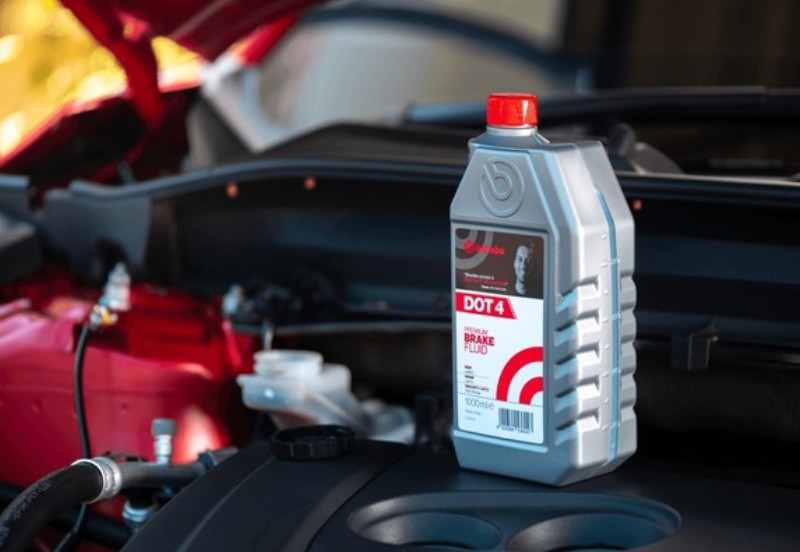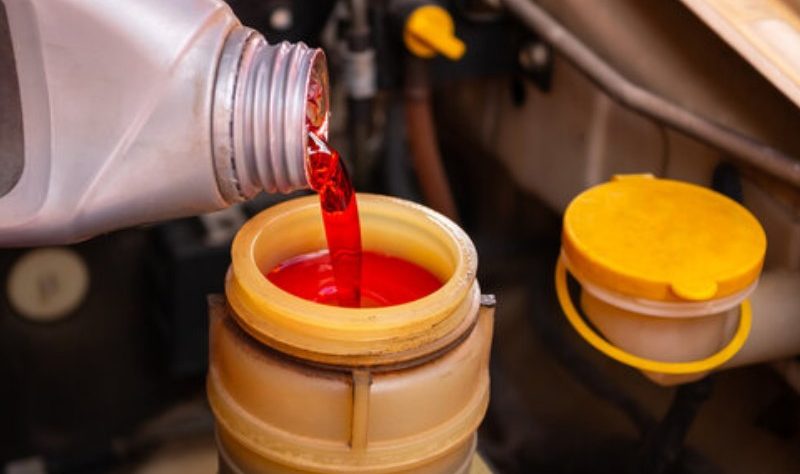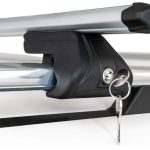Brake oil or brake fluid is one of the essential elements in any braking system of any vehicle. It plays the role of transmitting force from the brake pedal to the brakes themselves, making the vehicle stop when it is required to do so.
Such an important component of a vehicle’s safety mechanism often goes unnoticed, but we will try to explore its importance, types, and maintenance to ensure that your braking system functions at its best.
Table of Contents:
What is Brake Oil?
At its core, brake fluid is a hydraulic fluid used in the braking system of vehicles. It is stored in the master cylinder and works by transferring the force from the brake pedal to the brake components, such as the calipers or wheel cylinders. This fluid is very essential for creating the necessary pressure to bring the vehicle to a stop. Without adequate fluid, the braking system would fail, compromising vehicle safety.
Fluid for a brake system should conform to established standards, considering that any fluid should perform under extremities. The brake may reach extremely high temperatures during operational use and so the fluids used in brake systems need to still be effective when they are experiencing such stress.
Types of Brake Fluid
There are several kinds of fluid used in braking systems, each designed for a specific requirement. The most common types are DOT (Department of Transportation) fluids, which are categorized based on their chemical composition and boiling points. The main types include DOT 3, DOT 4, DOT 5, and DOT 5.1, each with distinct properties.
DOT 3 is a glycol-based fluid with a relatively low boiling point, making it suitable for most everyday vehicles that don’t experience extreme braking demands.
DOT 4 also uses glycol but has a higher boiling point than DOT 3, making it better for performance vehicles or those that frequently carry heavy loads.

DOT 5 is silicon-based and is used in the vehicle, which requires fluids with a high moisture-resistant and stable fluid. It’s less common and is commonly used in classic cars or some special military uses.
DOT 5.1 is a variation of DOT 4 but has an even higher boiling point, thereby giving a better performance for a high-performance vehicle and systems under heavy stress.
There is also mineral oil-based brake oil, used in some European vehicles. This type, however, is less common and cannot be mixed with glycol-based fluids as they are incompatible.
Why Brake Fluid Is So Important
Brake fluid is important for several reasons. First, it ensures that the braking system operates efficiently by maintaining the necessary hydraulic pressure to engage the brakes.
Without proper fluid levels or functioning fluid, your vehicle’s braking power may diminish, leading to unsafe driving conditions.
Moreover, brake fluid plays a crucial role in maintaining the integrity of the braking system over time. It absorbs moisture from the air, which can lower its boiling point. This is why brake fluid should be replaced regularly. Moisture in the brake oil can lead to corrosion in the brake components and result in a phenomenon known as “brake fade,” where the brakes become less responsive as they heat up.









